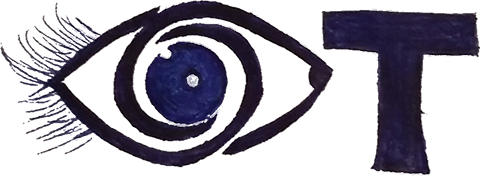The Occupational Therapy Practice Framework states “the evaluation process is focused on finding out what the client wants and needs to do and on identifying those factors that act as barriers to performance” (American Occupational Therapy Association). The evaluation methods presented screen for changes in a person’s pathology, however, it is not designed to diagnose and identify the visual disorder. The specific visual diagnosis information must come from the ophthalmologist and optometrist (Schieman et al., 2007).
Occupational therapists are to determine how a person’s functional abilities are affected by vision loss, assist in determining their goals, and to evaluate their physical abilities to perform activities of daily living (ADL’s), leisures, work, play, and social and spiritual occupations (Schieman et al., 2007).
